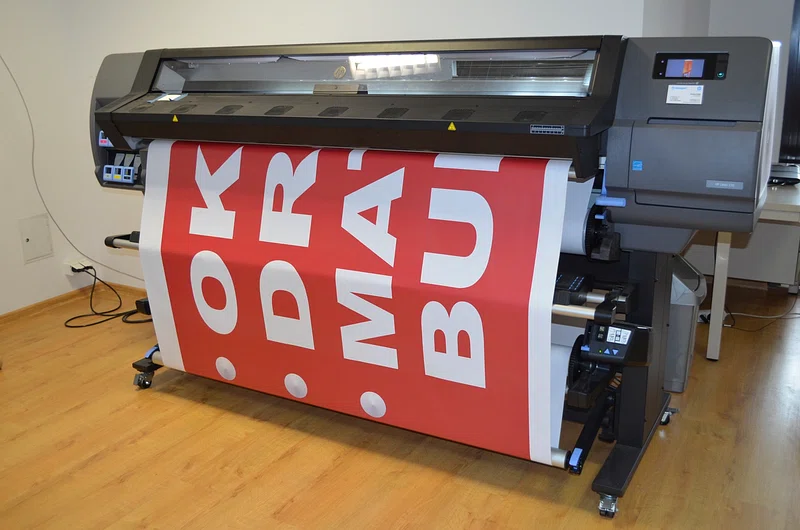Green brands are exploring environmentally friendly ways to do print on demand.
Green brands are exploring environmentally friendly ways to do print on demand.
Blog Article
Understanding Exactly How Digital Printing Changes the Printing Industry
The printing market, long soaked in traditional techniques, is undertaking a radical change with the development of electronic printing. This innovative innovation, which avoids the demand for printing plates, enables fast manufacturing and modification, reshaping the landscape of print communication. With its prospective to spur interaction via individualized content and to provide sustainable options, it's clear that electronic printing is greater than a technical breakthrough; it's a critical game changer. Just how specifically does it revolutionize the market? Allow's check out.
The Advancement of Digital Printing: A Short Introduction
Given that its creation, electronic printing has gone through significant improvements, continually transforming the printing sector. With the introduction of the 90s, electronic printing technology began to grow, and the industry saw the intro of straight imaging presses, which eliminated the need for publishing plates. As the brand-new millennium unfolded, developments in modern technology further spurred the development of electronic printing, leading to the creation of high-speed inkjet printers.

Unpacking the Modern Technology Behind Digital Printing
Delving into the details of digital printing innovation, one comes across an abundant tapestry of innovative machinery and facility algorithms. At the heart of this process exists an electronic picture, which is refined by software application that separates it right into a grid of dots. This intricate system, boosted by innovative software and high-resolution imaging, has changed the landscape of the printing sector, leading the means for unprecedented levels of detail and accuracy.

The Advantages of Digital Printing for Organizations
Comprehending the modern technology behind digital printing provides a clear photo of its accuracy and detail. For organizations, this equates right into various benefits. Electronic printing offers unmatched rate, enabling firms to fulfill this article tight deadlines without jeopardizing on high quality. Next off, it minimizes expenses as there are no plates or physical configuration, making it excellent for small-volume printing jobs. Moreover, this technology uses premium uniformity with each print output, eliminating variants often seen in standard methods. Digital printing is environmentally friendly, making use of less ink and generating much less waste. The complete capacity of electronic printing is realized when utilized for modification and personalization, a subject that will certainly be covered in depth in the next area.
The Duty of Digital Printing in Modification and Personalization
While typical printing approaches this content fight with modification and personalization, digital printing masters these areas. It enables the simple modification of layouts, without the demand for pricey and lengthy plate modifications (print on demand). This allows organizations to tailor products to specific customers, meeting details requirements and improving client satisfaction
Digital printing additionally permits variable information printing, where components such as message, graphics, and pictures may be transformed from one printed item to the following, without decreasing the printing procedure. This is especially valuable for straight advertising projects, where tailored messaging can substantially boost response prices. In this way, electronic printing not only reinvents the printing sector but likewise changes the way companies interact with their consumers.
Evaluating the Environmental Impact of Digital Printing
Although electronic printing has actually been lauded for its function in modification and customization, it is crucial to examine its environmental effect. Digital printing can be much less inefficient than typical methods, since it operates a 'print as needed' basis, removing the need for large print runs that can result in surplus and waste. Additionally, it uses fewer chemicals and produces much less unstable organic compounds (VOCs) compared to balance out printing. The power use of electronic printers can be high, leading to boosted carbon footprint. The use of non-recyclable printing components and the obstacle of e-waste monitoring present considerable environmental concerns. While digital printing has numerous more information benefits, its environmental impact must be conscientiously handled.
Verdict
In final thought, electronic printing has actually changed the printing industry, providing quick, cost-effective, and premium remedies - print on demand. Understanding these changes is vital for organizations to take advantage of the advantages of electronic printing properly.
Report this page